عنا
مرحبا هل يمكنني مساعدتك؟
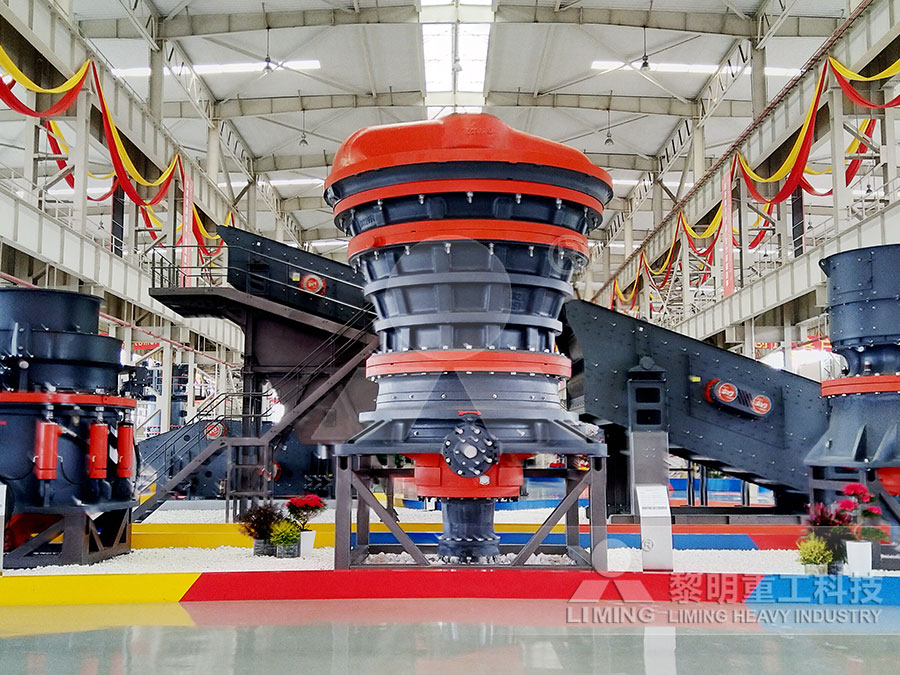
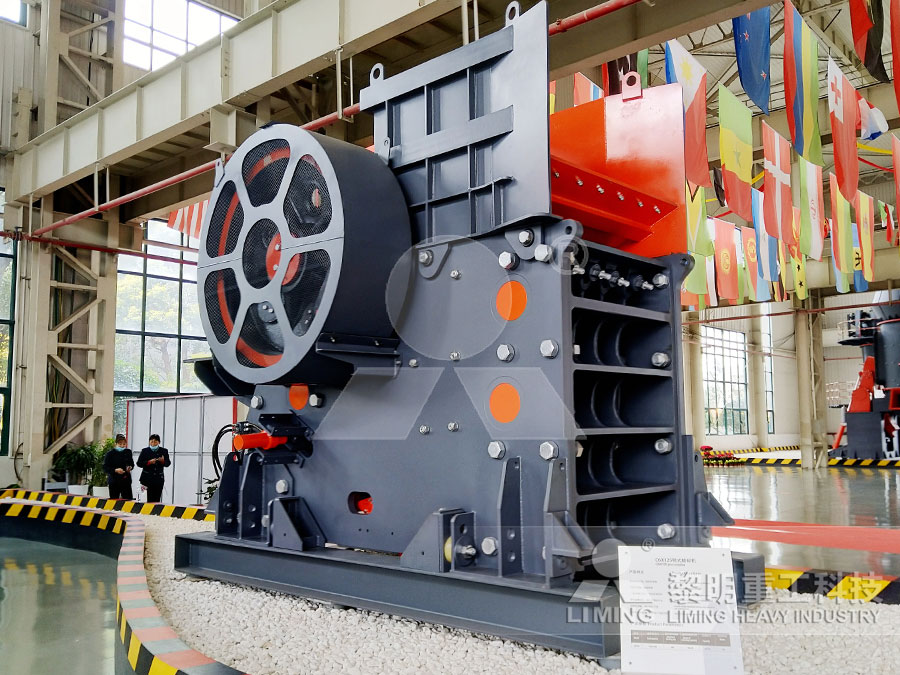
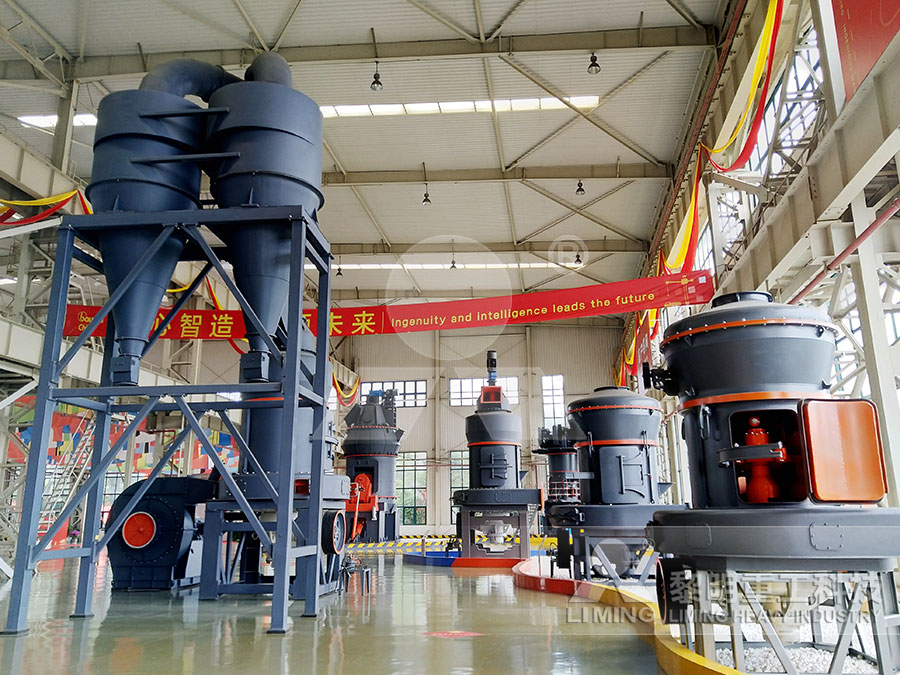
تأسست شركة Liming Heavy Industry في عام 1987 ، وتقع في منطقة Pudong الجديدة ، شنغهاي ، الصين ، وتغطي أكثر من 200000 متر مربع بما في ذلك العديد من الشركات التابعة. يتعلق العمل الرئيسي بالعديد من المجالات ، مثل تكسير المناجم ، وسحق المباني ، والطحن ، وصنع الرمل ، والتكسير المتنقل ، وما إلى ذلك. الكسارة ، الكسارة المخروطية الهيدروليكية عالية الكفاءة من سلسلة HPT ، المطحنة الأوروبية شبه المنحرفة MTW ، المطحنة العمودية LM ، المطحنة الأسطوانية العمودية فائقة الدقة من سلسلة LUM ، الكسارة الصدمية ذات المحور الرأسي VSI5X ، ومعدات نظام VU.
يجلب Liming عددًا كبيرًا من المواهب الذكية والإبداعية معًا الذين يقدمون منتجات مبتكرة باستمرار. أخذت الشركة زمام المبادرة في الحصول على شهادة نظام الجودة الدولية ISO9001: 200 ، وشهادة الاتحاد الأوروبي CE وشهادة GOST الروسية ، وقد حصلت على 106 براءة اختراع وطنية بما في ذلك 4 براءات اختراع ، و 12 براءة اختراع تصميم و 90 براءة اختراع لنماذج المنفعة حتى الآن. إلى جانب ذلك ، هناك العديد من الجوائز مثل جوائز العلوم والتكنولوجيا في صناعة الآلات الصينية ، وجوائز الإنجاز العلمي والتكنولوجي في المقاطعات ، والمنتجات الصناعية الموفرة للطاقة في قائمة شرف ليمينغ.
من أول جهاز خروج تم تركيبه وتصحيحه بنجاح في كازاخستان إلى أول خط ذكي لتصنيع الرمل يعمل بسلاسة في المملكة العربية السعودية ، قدمت Liming خدماتها لـ 140 دولة ومنطقة ، مثل روسيا وكازاخستان وأذربيجان وتركيا والكويت وجنوب إفريقيا ومصر ، لا يمكن تجاهل فيتنام وماليزيا والهند وأستراليا وكوريا وكندا والاتحاد الأوروبي ، وما إلى ذلك ، وقوة الشركة في آلات التعدين العالمية بعد الآن.
رسالة عبر الإنترنت
مرحبا هل يمكنني مساعدتك؟
coal and higher heating value
2022-07-12T01:07:44+00:00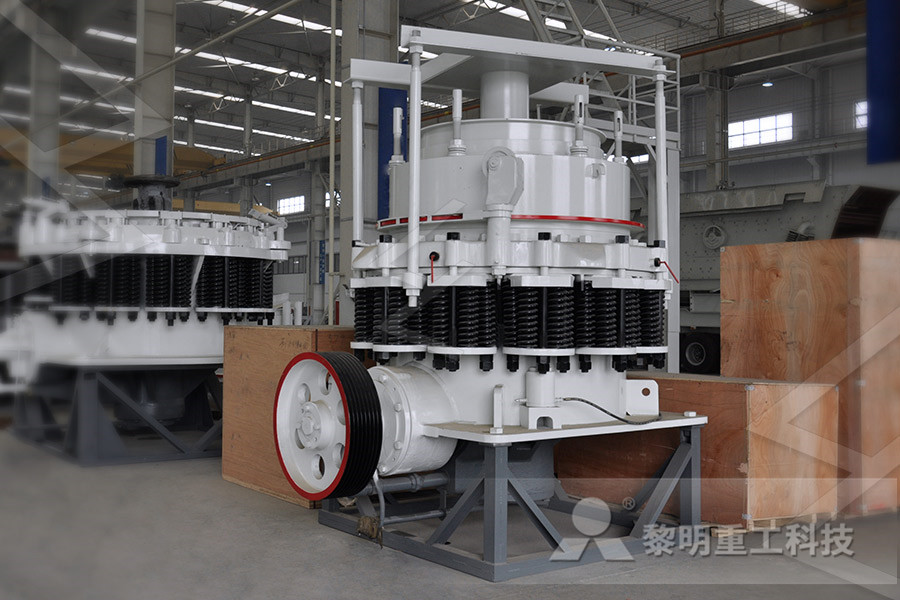
Standard Grade Coal Heat Value
Heat Value The gross (high) and net (low) heating values Specific Heat of Solids Common solids like brick, cement, glass and many more and their specific heats in Imperial and SI units Stoker Classification Coal stokers can be classified on basis of coal burning capacitiesThe higher heating value (also known gross calorific value or gross energy) of a fuel is defined as the amount of heat released by a specified quantity (initially at 25°C) once it is combusted and the products have returned to a temperature of 25°C, which takes into account the latent heat of vaporization of water in the combustion productsLower and Higher Heating Values of Fuels Hydrogen ToolsWhen we say Gross Calorific Value or Higher Heating Value it is the total heat released when burning the coal When we say Nett Calorific Value or Lower Heating Value it is the heat energy available after reducing the loss due to moisture The Heating Value determines how much fuel Calorific Value or Heating Value of the Fuel Moisture
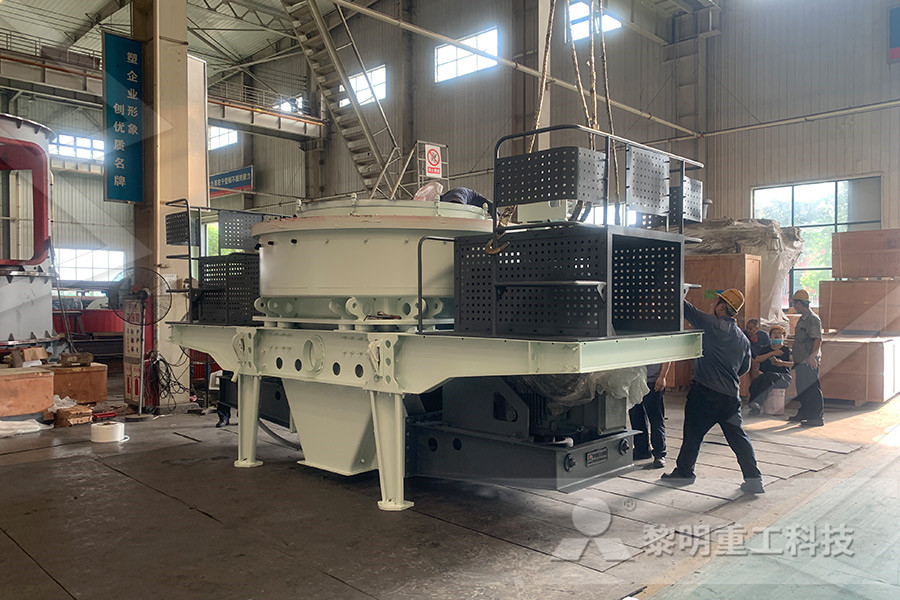
What is the significance of the heating value HHV and LHV
The higher heating value is also known as the gross calorific value The higher heating value (HHV) is measured using a bomb calorimeter; and defined as the amount of heat released when fuel is 1/29/2020 The coal ranking is based on levels of geological metamorphosis, fixed carbon, and calorific value It is known as ASTM D388 –05 Standard Classification of Coals by Rank As a general rule, the harder the coal, the higher its energy value and rankThe Types of Coal: Composition, Usage, and Energy Value3/5/2019 What is the difference between the “higher heating value” (HHV) and “lower heating value” (LHV) of a biomass fuel, and why is the difference important? We need these two ways of expressing the heating value of fuels because the combustion of some hydrogenrich fuels releases water that is subsequently evaporated in the combustion chamberWhat is the difference between the “higher heating value
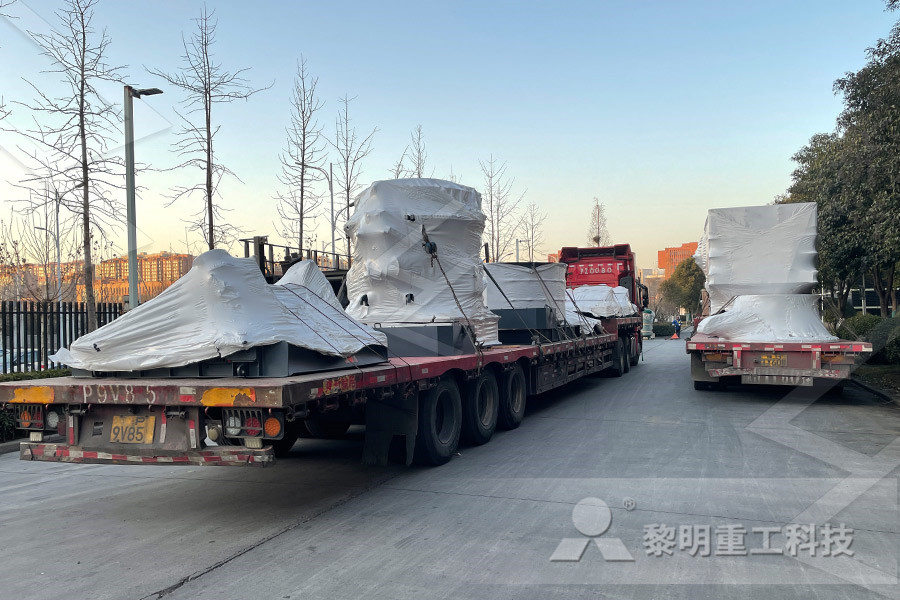
HEATING VALUES OF HYDROGEN AND FUELS
The higher heating value (also known as gross calorific value or gross energy) of a fuel is defined as the amount of heat released by a specified quantity (initially at 25°C) once it is combusted and the products have returned to a temperature of 25°C, which takes into52 hàng Higher and lower calorific values (=heating values) for some common fuels coke, oil, Fuels Higher and Lower Calorific Values1/29/2020 The coal ranking is based on levels of geological metamorphosis, fixed carbon, and calorific value It is known as ASTM D388 –05 Standard Classification of Coals by Rank As a general rule, the harder the coal, the higher its energy value and rankThe Types of Coal: Composition, Usage, and Energy Value
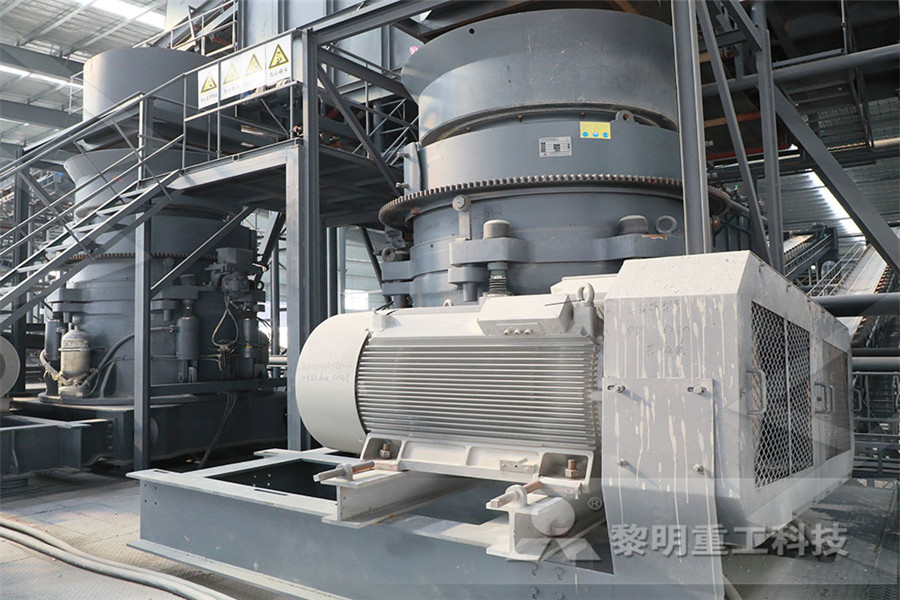
Briquette calorific value data for biomass, sawdust, coal
Thus, the lower heating value is the amount actually available from the combustion process for capture and use The higher the moisture content of a fuel, the greater the difference between gross calorific value and net calorific value and the less total energy will be available Chart 2: Higher heating value 10/1/2015 The calorific value of a coal, which is usually termed the higher heating value (HHV) (also termed as the gross calorific value, GCV), is an important property for its use as a fuel HHV is defined as the amount of heat released when a unit mass of the fuel is burnt completely, and the combustion products are cooled under standard conditionsEstimation of higher heating value of coal based on 10/17/2016 Higher Heating Value vs Lower Heating Value In the same way that two different currencies can value the same thing with a different amount of the currency, two conventions exist for quantifying the amount of heat produced in fuel combustion [kWh/kg] These two conventions are higher heating value (HHV) aka gross calorific value (GCV)HHV vs LHV GCV vs NCV The intersection of energy and
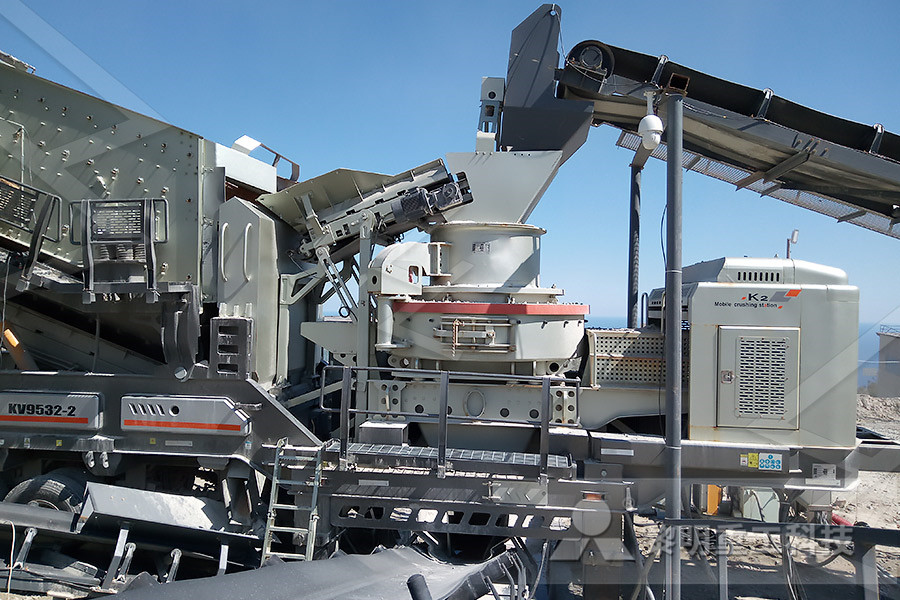
Calorific Value an overview ScienceDirect Topics
213 Calorific Value/Heating Value The calorific value of LFG can be defined as the amount of heat produced on combusting a unit volume of gas and can be expressed in kcal/m 3, kJ/m 3, or BTU/ft 3 Calorific value depends directly on the methane content of LFG, ie, the higher the methane content, the greater the calorific value As defined 1/28/2019 This is why it is a "simpler" fuel than coal, which has different heating values depending upon the type (lignite, bituminous, anthracite, etc), wide variations in sulfur content and other constituents, and more pronounced aging effects (freshly mined coal has a higher hydrogen content)Higher and Lower heat value of combustion of Coal Bituminous coal appears shiny and smooth when you first see it, but look closer and you may see it has layers Subbituminous: Subbituminous coal is black in color and dull (not shiny), and has a higher heating value than lignite Lignite: Lignite coal, aka brown coal, is the lowest grade coal with the least concentration of carbonWhat are the types of coal? USGS
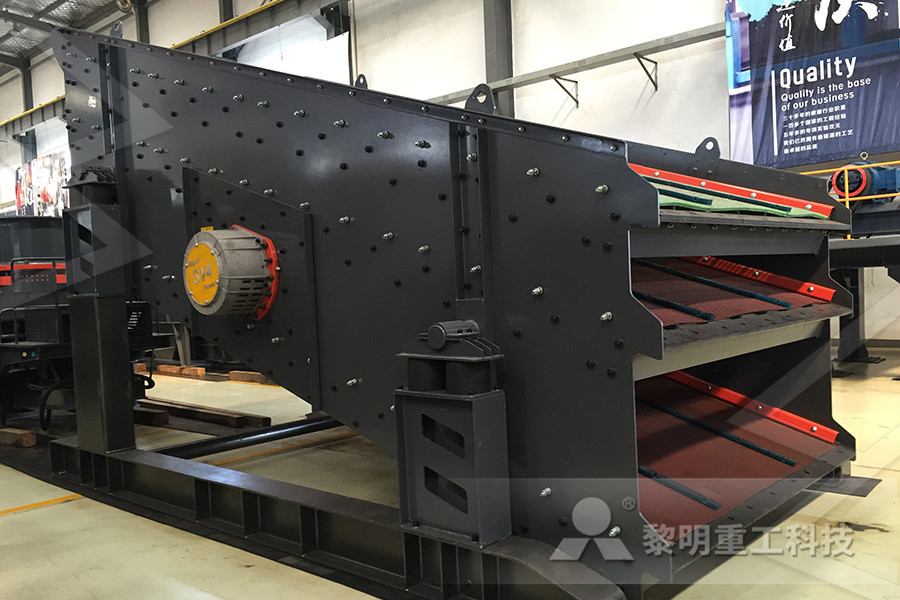
Lower Heating Value Project Gutenberg SelfPublishing
All in all, the higher heating value of hydrogen is 182% above its lower heating value (142 MJ/kg vs 120 MJ/kg) For hydrocarbons the difference depends on the hydrogen content of the fuel For gasoline and diesel the higher heating value exceeds the lower heating value by about 10% and 7% respectively, and for natural gas about 11%Net calorific value (CV) or Lower Heating Value (LHV) given for all fuels This means that the latent heat of vaporization of the water vapour created by combustion is not recovered by condensationTypical calorific values of fuels Forest ReHigher Heating Value (HHV) is one of the most important properties of fuels which explain the higher energy content and determine the efficient use o f b iomass and fossil fu els HHV c omes to design(PDF) Determination of higher heating values (HHVs) of
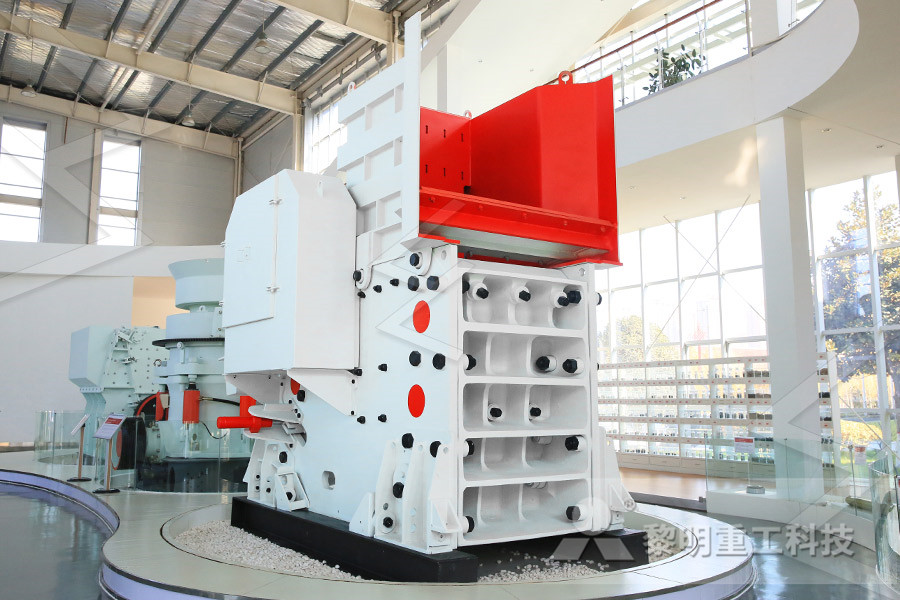
Typical calorific values of fuels Forest Re
Net calorific value (CV) or Lower Heating Value (LHV) given for all fuels This means that the latent heat of vaporization of the water vapour created by combustion is not recovered by condensationAll in all, the higher heating value of hydrogen is 182% above its lower heating value (142 MJ/kg vs 120 MJ/kg) For hydrocarbons the difference depends on the hydrogen content of the fuel For gasoline and diesel the higher heating value exceeds the lower heating value by about 10% and 7% respectively, and for natural gas about 11%Lower Heating Value Project Gutenberg SelfPublishing Subbituminous coal has a higher heating value than lignite Subbituminous coal typically contains 35%–45% carbon, compared with 25%–35% for lignite About 45% of the coal produced in the United States in 2018 was subbituminous Bituminous coal contains 45%–86% carbon and has two to three times the heating value of ligniteCoal prices and outlook US Energy Information
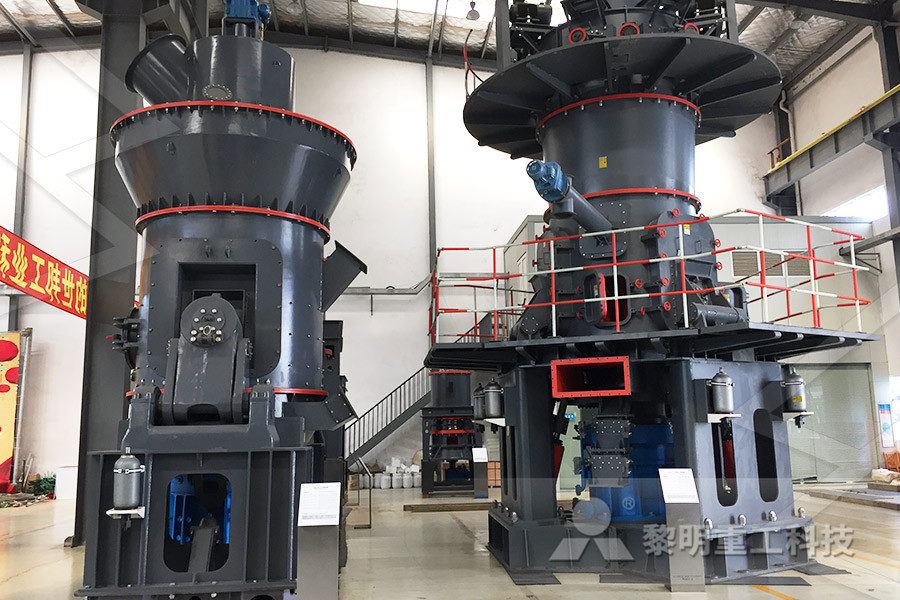
Calorific Value of Different Agricultural Forest Waste
Calorific Value The calorific or heating value is an important indicator of the quality of pressed fuel briquettes It measures the energy content of the briquettes It is defined as the amount of heat evolved when a pressed fuel briquette is completely burnt and the combustion products are cooled The Gross Caloric Value, shortened []10/29/2015 1 The coal may have some residual water in it, which would lower the effective heating value because that water would subsequently be vaporized 2 The coal maybe have other hydrocarbons embedded in it These would produce water when combusted The HHV for natural gas about 10% higher than the LHV The HHV for coal is about 5% higher than LHVLower and Higher Heating Values of Coal: Why do they exist 1/7/2010 The difference between LCV and HCV (or Lower and Higher Heating Value, or Net and Gross) is clearly understood by all energy engineers which in turn depends on the hydrogen content of the fuel being burnedThe difference is minimal for coal, significant for natural gas and largest for pure hydrogen fuel So you have to do the conversion The difference between LCV and HCV (or Lower and Higher
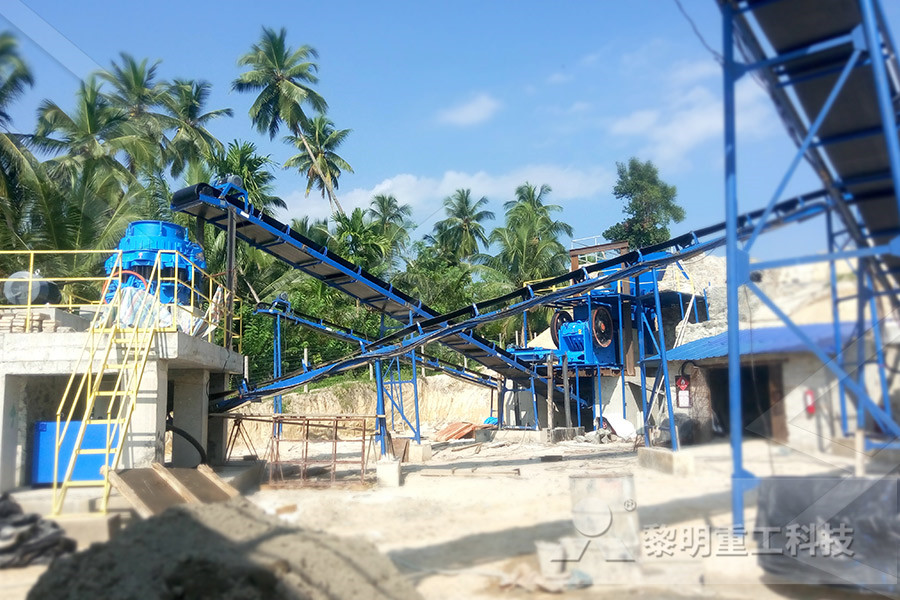
Heating Value Clarke Energy
The lower heating value (LHV) or higher heating value (HHV) of a gas is an important consideration when selecting a gas engine or CHP plantGas engines efficiency is typically quoted based upon the LHV of the gas Whenever a hydrocarbon fuel is burned one product of combustion is waterFor comparison the lower heating values calculated from default value (HHV) from B415 are also shown in Table 1 Table 1 Heating Values 1 ASTM D 586507a: Standard Test Method for Gross Calorific Value of Coal and Coke 2 ASTM E 71187: Standard Test Method for Gross Calorific Value of RefuseDerived Fuel by the Bomb CalorimeterHigher Heating Value and Lower Heating Value Variation Calorific value of different wood pellets As a clean and renewable energy, biomass energy can reduce our reliance on fossil fuel and relieve air pollution Compared with coal and diesel, biomass energy has such advantages as renewability, high calorific value, low pollution, zero carbon emission, high densityCalorific value of different biomass pellets
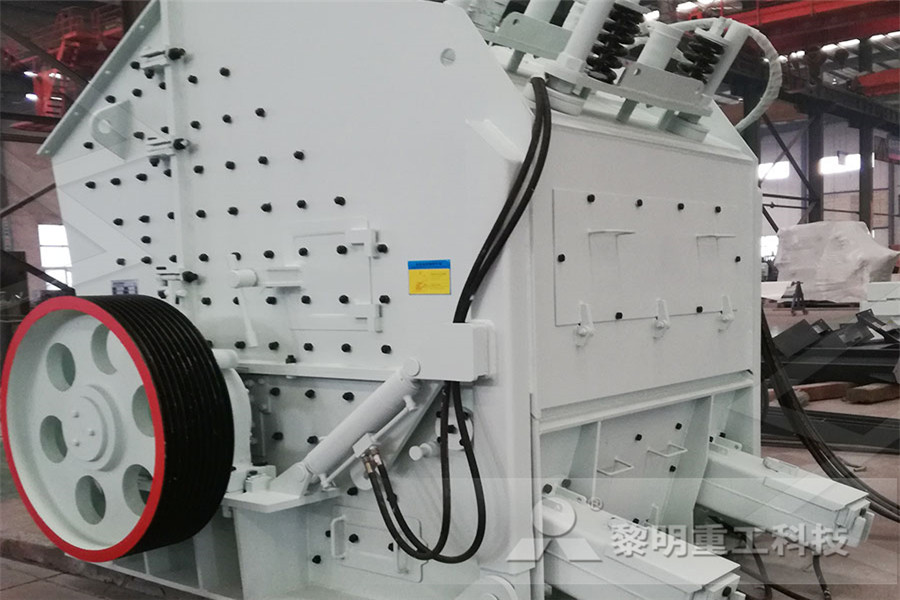
11 Coal Biomass Coal Ranks netldoegov
The subbituminous coal found in the US is normally at least 100 million years old and represents 44 percent of total US coal production, with Wyoming being the largest producer Bituminous Bituminous coal contains anywhere from 45 to 86 percent carbon, giving it an even higher heating value than subbituminous High heat and pressure and Lower and Higher Heating Values (LHV and HHV) There are two different types of heating value, which are the lower heating value (LHV Lower heat value) and the higher heating value (HHV Higher heat value)By definition the higher heating value is equal to the lower heating value with the addition of the heat of vaporization of the water content in the fuelLower and Higher Heating Values (LHV and HHV)5/20/2016 In this video lecture we will learn about higher calorific value and lower calorific value of coal and see it relation and formula Follow :) Youtube: https:Fuels 2 Higher or Gross(HCV)(GCV) and Lower or Net
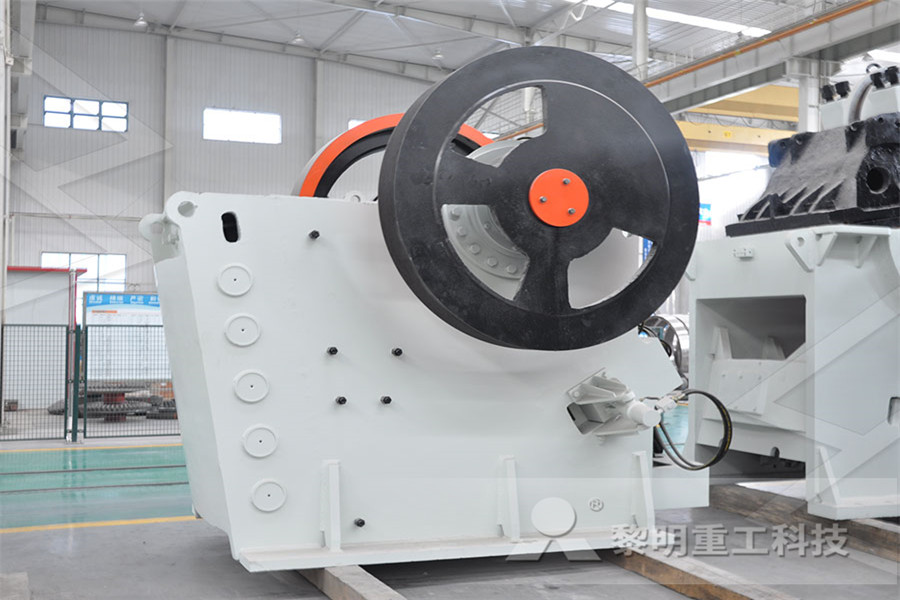
Formulas for calculating the heating value of coal and
@article{osti, title = {Formulas for calculating the heating value of coal and coal char: development, tests, and uses}, author = {Mason, D M and Gandhi, K}, abstractNote = {A new fiveterm formula for calculating the heating value of coal from its carbon, hydrogen, sulfur and ash content was obtained by regression analysis of data on 775 samples of US coals of all ranksQuestion: Calculate The Higher And Lower Heating Values Of A Coal From Utah Which Has An Ultimate Analysis (by Mass) As 6140 Percent C, 579 Percent H, 2531 Percent O2, 109 Percent N2, 141 Percent S, And 500 Percent Ash (noncombustibles) The Enthalpy Of Formation Of SQ Is 297,100 K/kmol The Higher Heating Value, HHV The Lower Heating Value, LHV = KJ/kg Solved: Calculate The Higher And Lower Heating Values Of A Throughout this report all thermal efficiency figures are based on the higher heating value (HHV) of fuel, which is the convention most widely used in the United States for coalbased systems HHV credits the fuel with the heat of vaporization of water formed in the combustion reaction; that is, water is assumed to exist in the liquid phase GLOSSARY AND CONVENTIONS Coal: Energy for the Future
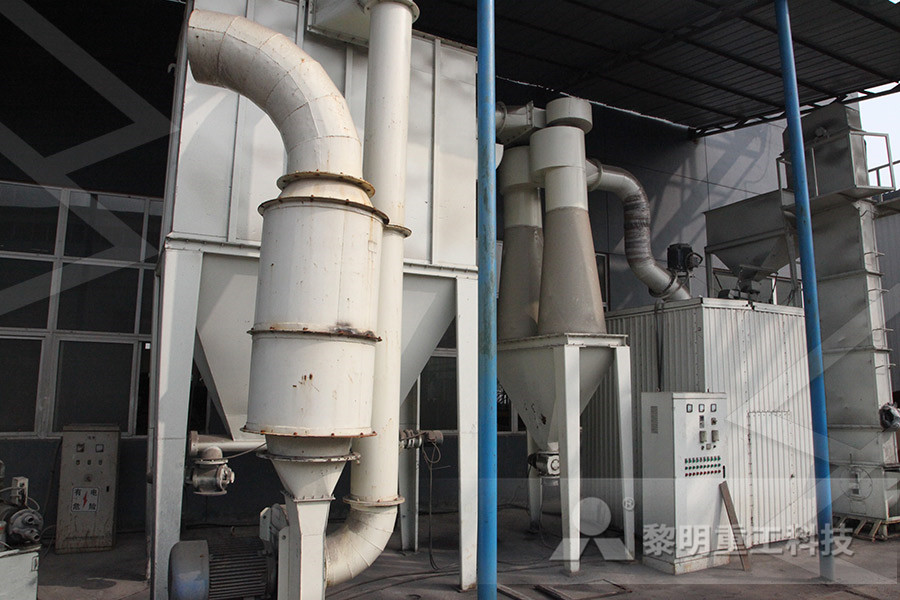
higher heating value of crushed coal– Rock Crusher Mill
higher heating value of crushed coal is a leading global manufacturer of crushing and milling equipment (higher heating value of crushed coal), also supply individual (higher heating value of crushed coal) crushers and mills as well as spare parts of themvalue of the fuel or fuels combusted by the unit Heating value, commonly expressed in Btu, can be measured in several ways, but the most common are to use gross heat content (referred to as “higher heating value” or “HHV”) or to use net heat content (referred to as “lower heating value” or “LHV”)Methodology for Thermal Efficiency and Energy Input This article presents lower and higher heating value predictions of low rank coals by means of a multioutput neural network model, which uses the proximate analysis variables, such as moisture, ash, volatile matter, and fixed carbon The neural network model is based on feed forward configuration using a backpropagation learning algorithmPredicting Coal Heating Values Using Proximate Analysis
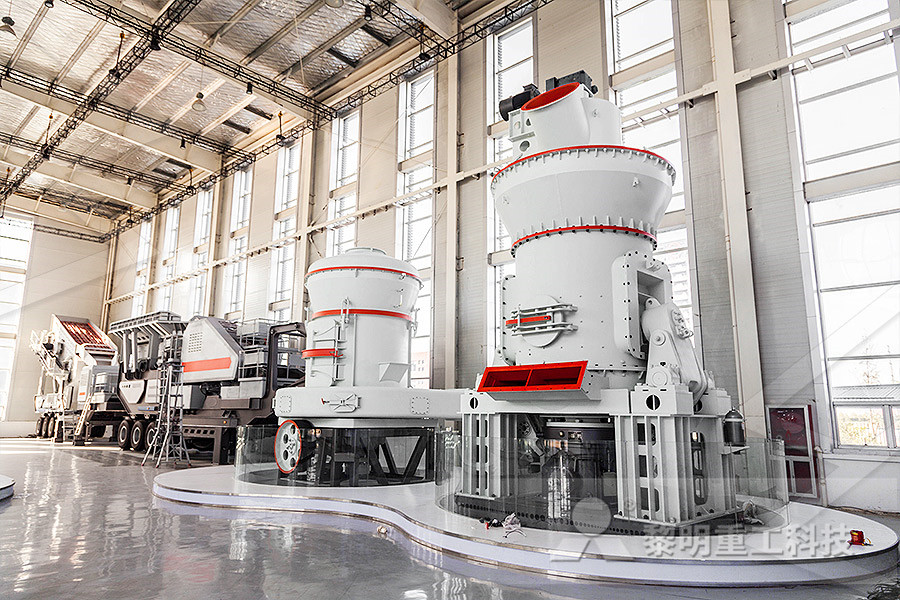
Bituminous Coal Characteristics and Applications
1/29/2020 Bituminous coal combustion releases more pollution into the air than subbituminous coal combustion, but due to its greater heat content, less of the fuel is required to produce electricity As such, bituminous and subbituminous coals produce approximately the same amount of pollution per kilowatt of electricity generatedCoal is hard and brittle and black and shiny, moisture content is 20 – 40%, calorific value 4,000 kcal/kg to 5,800 kcal/kg Bituminous Coal is softer and shiny, moisture content is 8 20% calorific value is 5,800 to 8,000 kcal/kg, crucible swelling number from 2 – 9+ possible for coking coals, volatile matter from 16% Coal Marketing International
